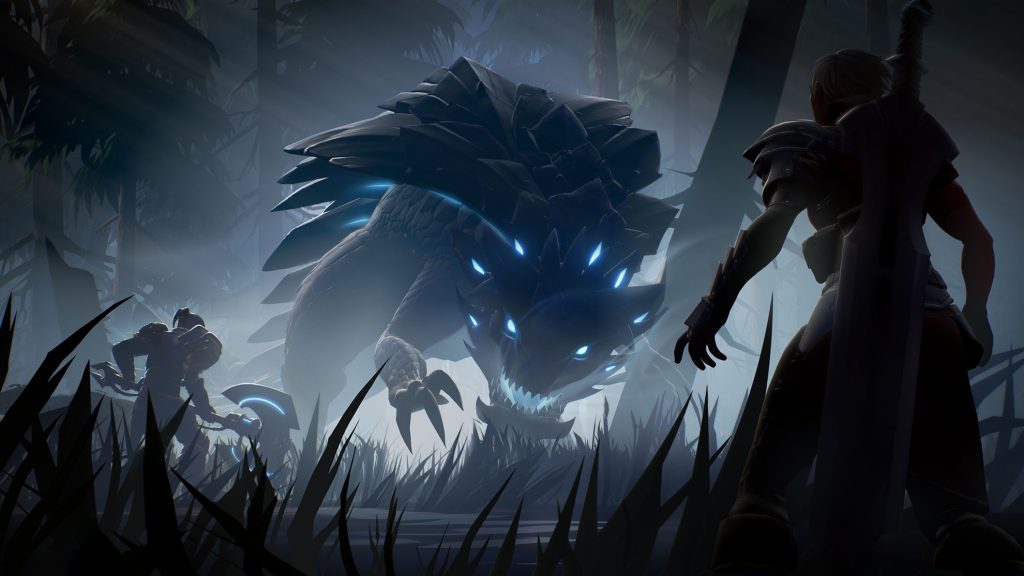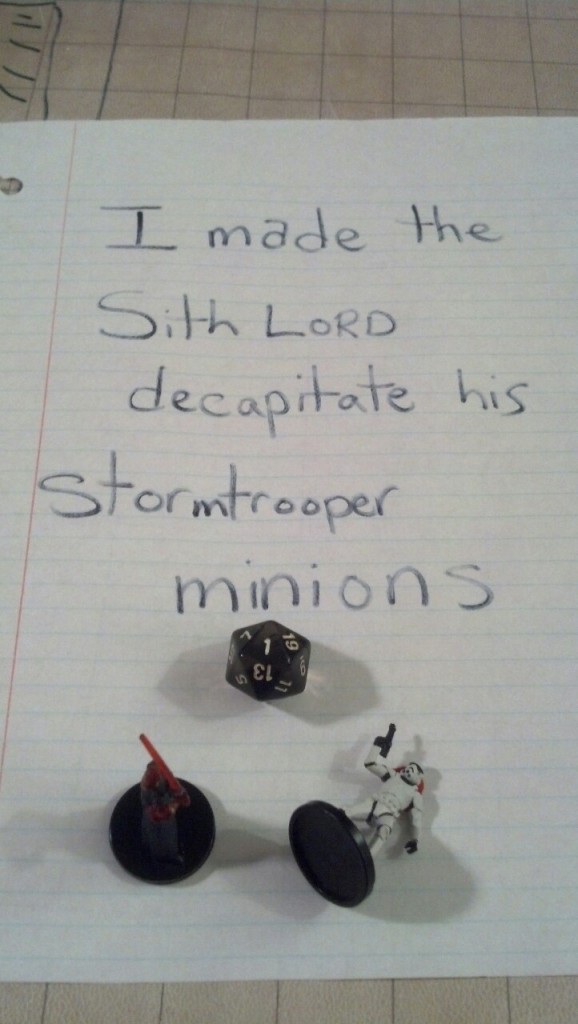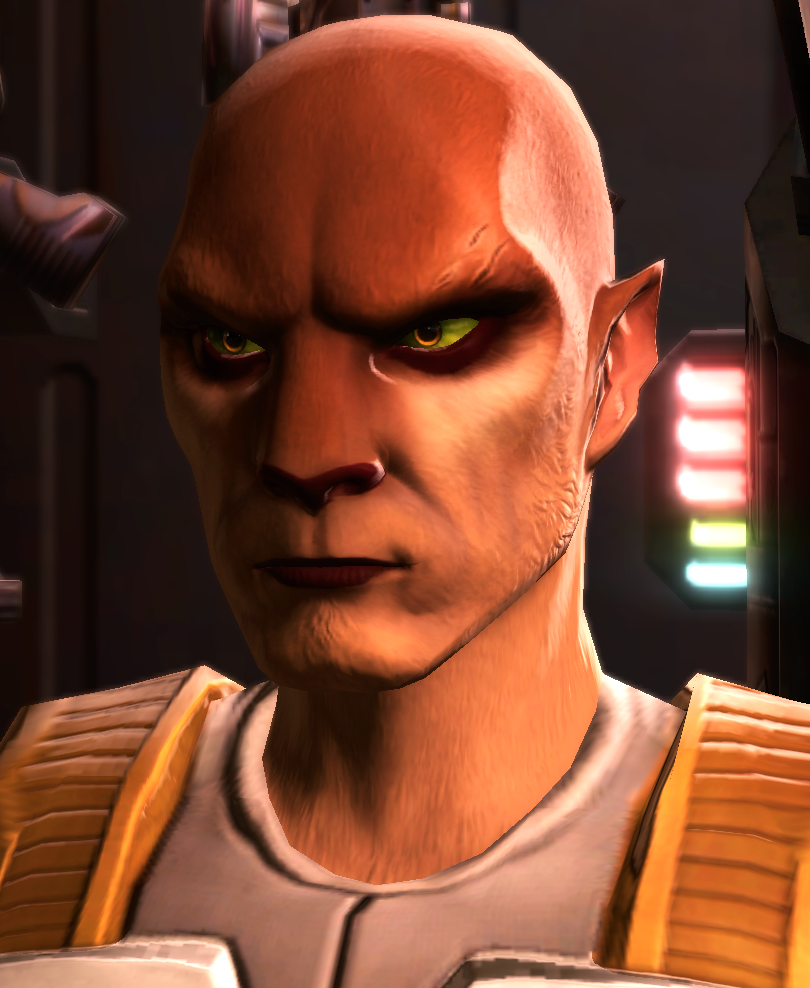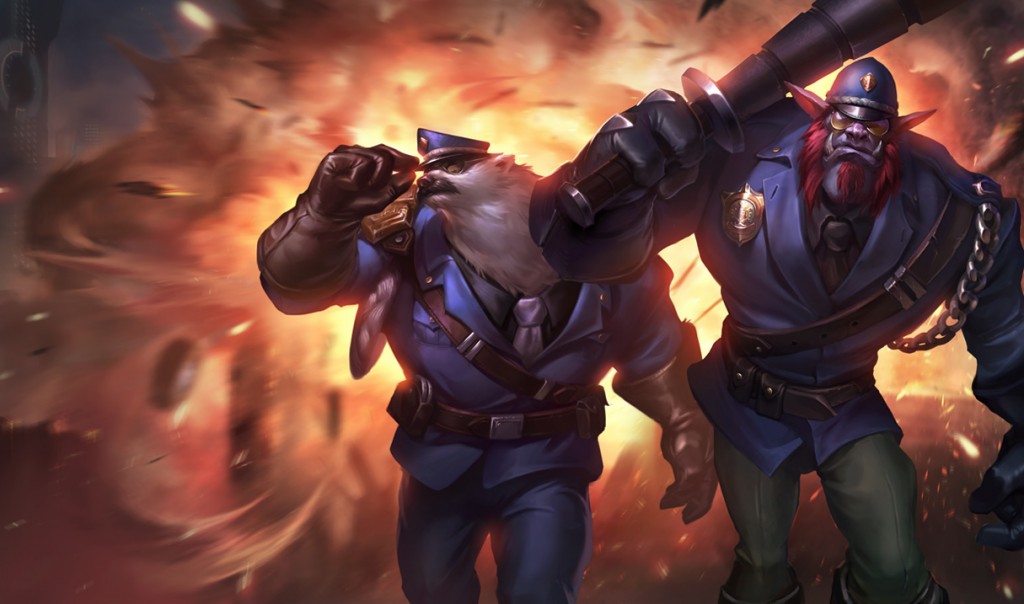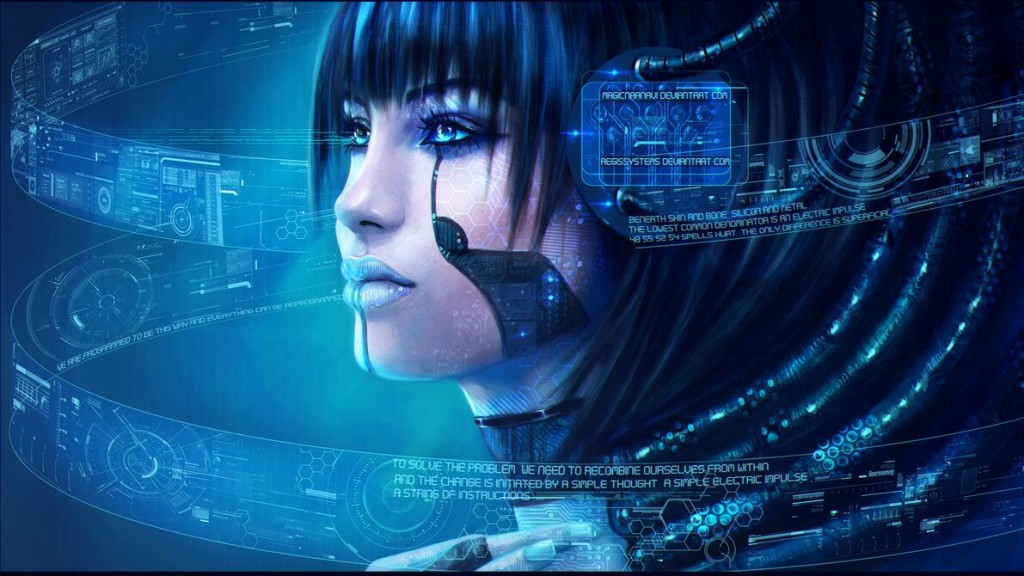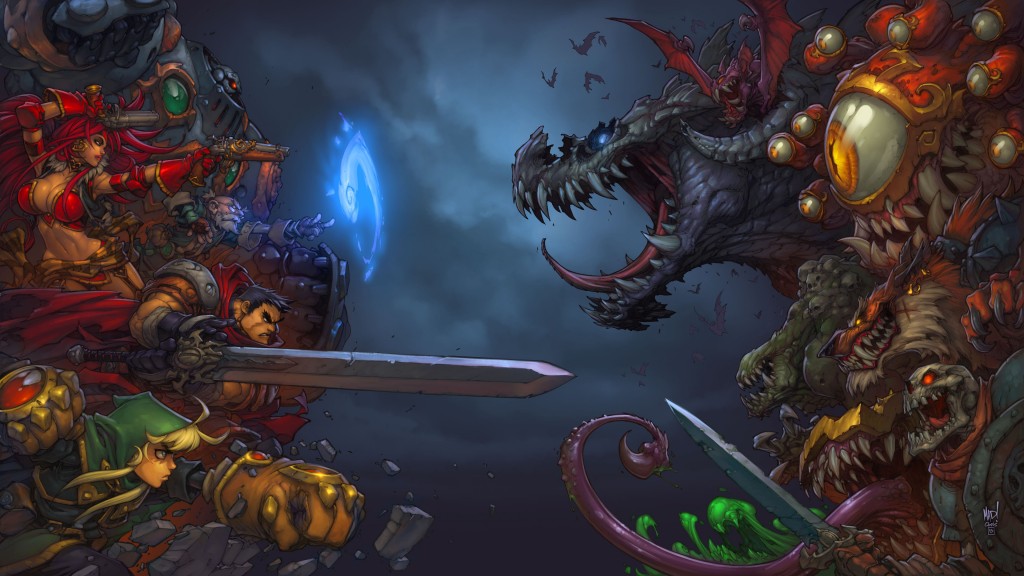Two years ago, after about a year of public playtesting, Fantasy Flight Games released the Star Wars: Edge of the Empire RPG, the first in a series of planned core books in a brand new system. Star wars RPGs had been on a bit of a hiatus, the most recent prior system was Saga Edition, which was d20-based. Wizards of the Coast decided to drop the license in 2010, and Fantasy Flight picked it up shortly thereafter. My initial impression of the system was mixed, but now that there’s a bit more source material I like it a lot more.
The assumed setting for all three of the core books is a bit after A New Hope. This means that the Empire is in power, Rebels are seen as a dangerous threat (since they did just manage to destroy the Death Star), and force sensitives are both rare and persecuted. There are 3 core books so far, each focusing on a different aspect of the setting. Edge of the Empire focuses on the less-than-legitimate business of things like smugglers and bounty hunters. Age of Rebellion focuses on the Rebellion itself, which mostly means Soldiers and Politicians. Force and Destiny focuses on force sensitives, both with and without lightsabers.

Ace Custom
One of the immediately noticeable things about the game is that it uses a unique dice mechanic. There are 3 types of die with positive symbols (boost, ability, proficiency), 3 with negative (setback, difficulty, challenge), and a force die that isn’t explicitly positive or negative. The symbols on the dice are…
 Success – This determines if an action is successful. As long as you have one or more of these in the final result, you can do whatever you were initially attempting to do. The number can determine the degree of success in some cases, like additional damage for attacks.
Success – This determines if an action is successful. As long as you have one or more of these in the final result, you can do whatever you were initially attempting to do. The number can determine the degree of success in some cases, like additional damage for attacks.
 Advantage – Independent of success, this symbol represents good things happening. In combat this can be used to generate critical hits (how many you need depends on the weapon) and other weapon features, and out of combat it represents something advantageous happening. this remains true even if you fail the roll.
Advantage – Independent of success, this symbol represents good things happening. In combat this can be used to generate critical hits (how many you need depends on the weapon) and other weapon features, and out of combat it represents something advantageous happening. this remains true even if you fail the roll.
 Triumph – This is found only on the Proficiency die, and it represents really good things. This counts as a success, and also a super-advantage. An attack with one of these can usually generate a critical hit or special feature with just one, and outside of combat the door is wide open for the GM to let amazing things happen to you.
Triumph – This is found only on the Proficiency die, and it represents really good things. This counts as a success, and also a super-advantage. An attack with one of these can usually generate a critical hit or special feature with just one, and outside of combat the door is wide open for the GM to let amazing things happen to you.
| Die |
Color |
Sides |
 |
 |
| Boost |
Light Blue |
6 |
2 |
3 |
| Ability |
Green |
8 |
5 |
5 |
| Proficiency |
Yellow |
12 |
10 (includes  ) ) |
8 |
 Failure – Each failure symbol on a roll cancels one success. The roll is still considered failed if it generates an equal number of success and failure symbols (because it then has 0 uncancelled successes).
Failure – Each failure symbol on a roll cancels one success. The roll is still considered failed if it generates an equal number of success and failure symbols (because it then has 0 uncancelled successes).
 Threat – This one represents bad things. It cancels advantage, and if you have any of these remaining, something unfortunate happens even if you succeeded on the roll. This might be something as simple as suffering strain, or it might increase the difficulty of future checks.
Threat – This one represents bad things. It cancels advantage, and if you have any of these remaining, something unfortunate happens even if you succeeded on the roll. This might be something as simple as suffering strain, or it might increase the difficulty of future checks.
 Despair – Found only on the Challenge die, this is the negative version of Triumph, but these do not cancel each other (it’s possible for a roll to generate both). This counts as a failure and also means something very bad happens. How bad exactly is up to the GM.
Despair – Found only on the Challenge die, this is the negative version of Triumph, but these do not cancel each other (it’s possible for a roll to generate both). This counts as a failure and also means something very bad happens. How bad exactly is up to the GM.
| Die |
Color |
Sides |
 |
 |
| Setback |
Black |
6 |
2 |
2 |
| Difficulty |
Purple |
8 |
4 |
6 |
| Challenge |
Red |
12 |
9 (includes  ) ) |
8 |

 Force Points – Found only on the force die, these are used mostly for force powers. It’s worth noting that the force die contains an equal number of light and dark side points (8 each), but has dark side on 7 faces and light side on 5. It’s assumed that player characters are mostly light-side, so there are penalties for fueling your powers with dark side force points.
Force Points – Found only on the force die, these are used mostly for force powers. It’s worth noting that the force die contains an equal number of light and dark side points (8 each), but has dark side on 7 faces and light side on 5. It’s assumed that player characters are mostly light-side, so there are penalties for fueling your powers with dark side force points.
Stay on Target
Task difficulty is almost never represented as a static number, and is instead represented as a number of difficulty dice. Your ability is likewise represented as some number of dice, usually a mix of ability and proficiency dice. All of these are rolled together to determine the success or failure of an action. Boost die are usually added if circumstances are favorable; Setback die are added when situations are unfavorable. Particularly bad situations might result in upgrading the difficulty of the check (turning difficulty dice into challenge dice). Certain abilities may also let you upgrade your own checks, turning ability dice into proficiency dice.

The real benefit of this is that rolling the dice goes beyond determining “degree of success” which most dice pool systems fall into. To take Shadowrun as an example: for most checks it makes no difference whether you beat the threshold by 0 or 3, unless your GM is tracking hidden thresholds for rolls. (I’m pretty sure Tam does this, but I’ve never asked him directly.) Even on rolls where the number of successes does matter, there’s not a lot of fine control. Unless you roll a glitch, which is pretty rare for moderately-sized dice pools, you’re either going to fail, win, or win big. By separating additional positive or negative effects from the actual success/failure of the roll, Star Wars opens up other possibilities for narratively interesting situations. Maybe you fail to get the information you want out of a contact, but he likes you and tips you off to something else. Maybe you successfully evade the guards, but accidentally leave traces of your passage behind. Maybe you evade the guards and they wander off to investigate something far away from you.
Most rolls of the dice are going to tell you a little bit more than “you pass” or “you fail, and that’s probably my favorite part about the system. I’m going to back to reading this book where they put the swords and magic back in.

